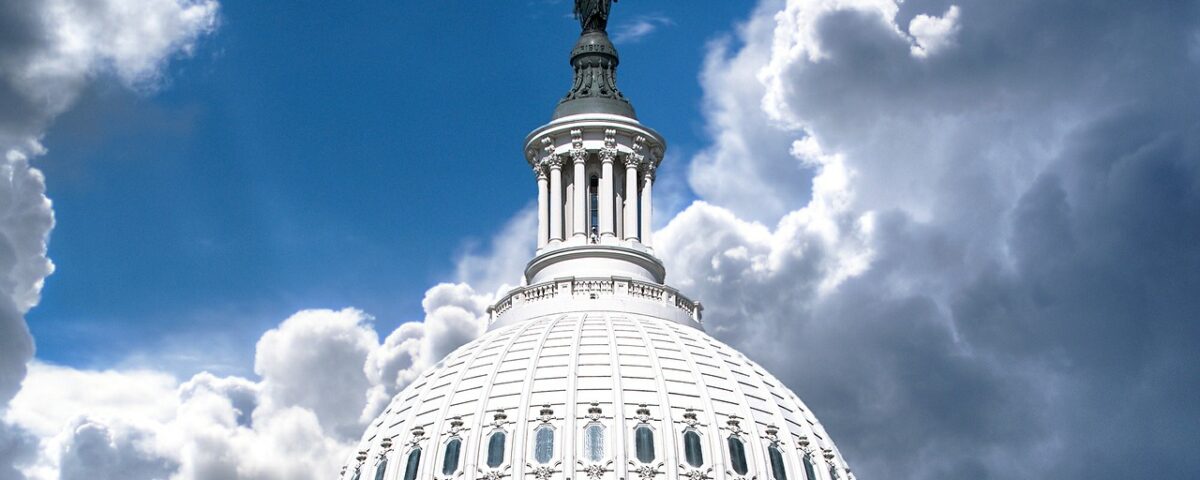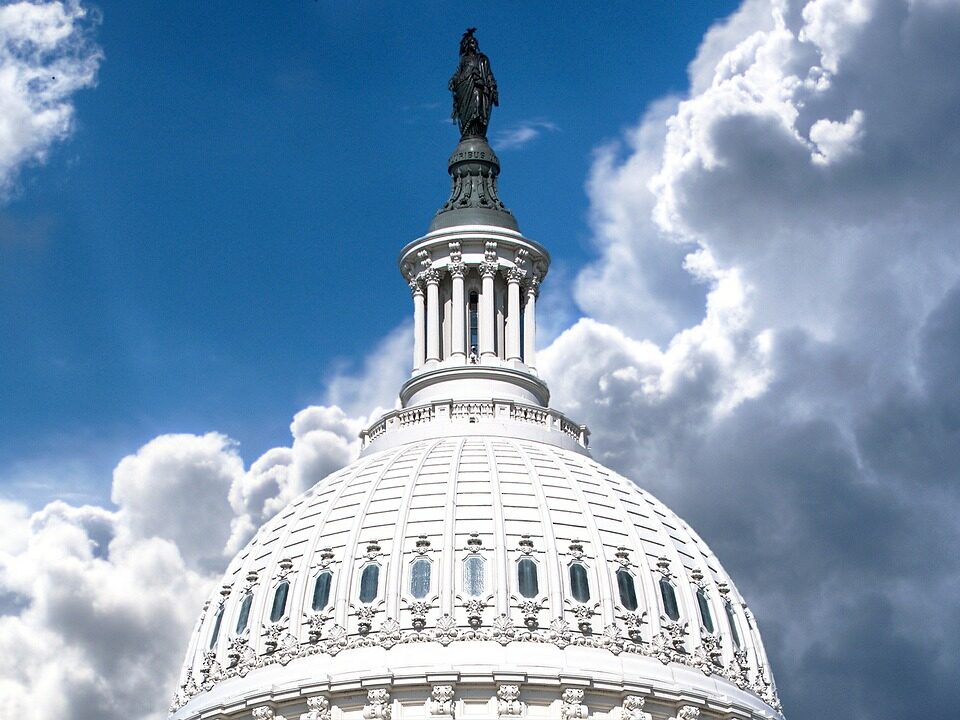
An Irrational WNBA Salary
September 30, 2025
The New Ways We Spend Our Money
October 2, 2025With a shutdown, what do we need to know?
Shutdown Basics
What
The first half of our answer to “What shuts down?” is discretionary spending.
Federal budgetary spending includes what we have to do (mandatory spending) and what we want to do (discretionary spending). The mandatory slices mostly cover healthcare (Medicare, Medicaid) Social Security, income security, and separately, the interest we have to pay on our national debt. Just 27 per cent of federal spending, the discretionary slice is much smaller than mandatory spending and net interest:
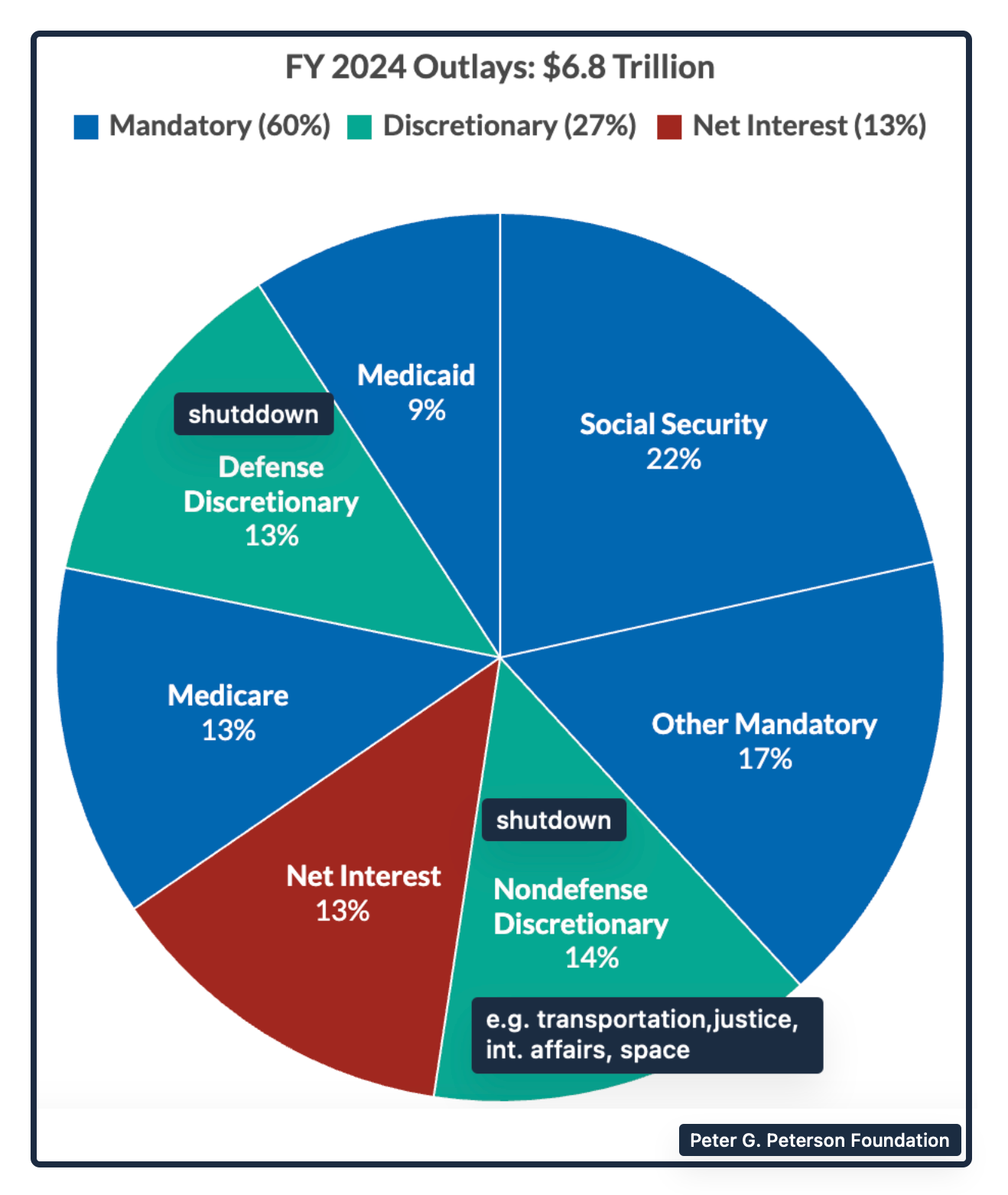
But, not all discretionary spending stops. These are some examples;
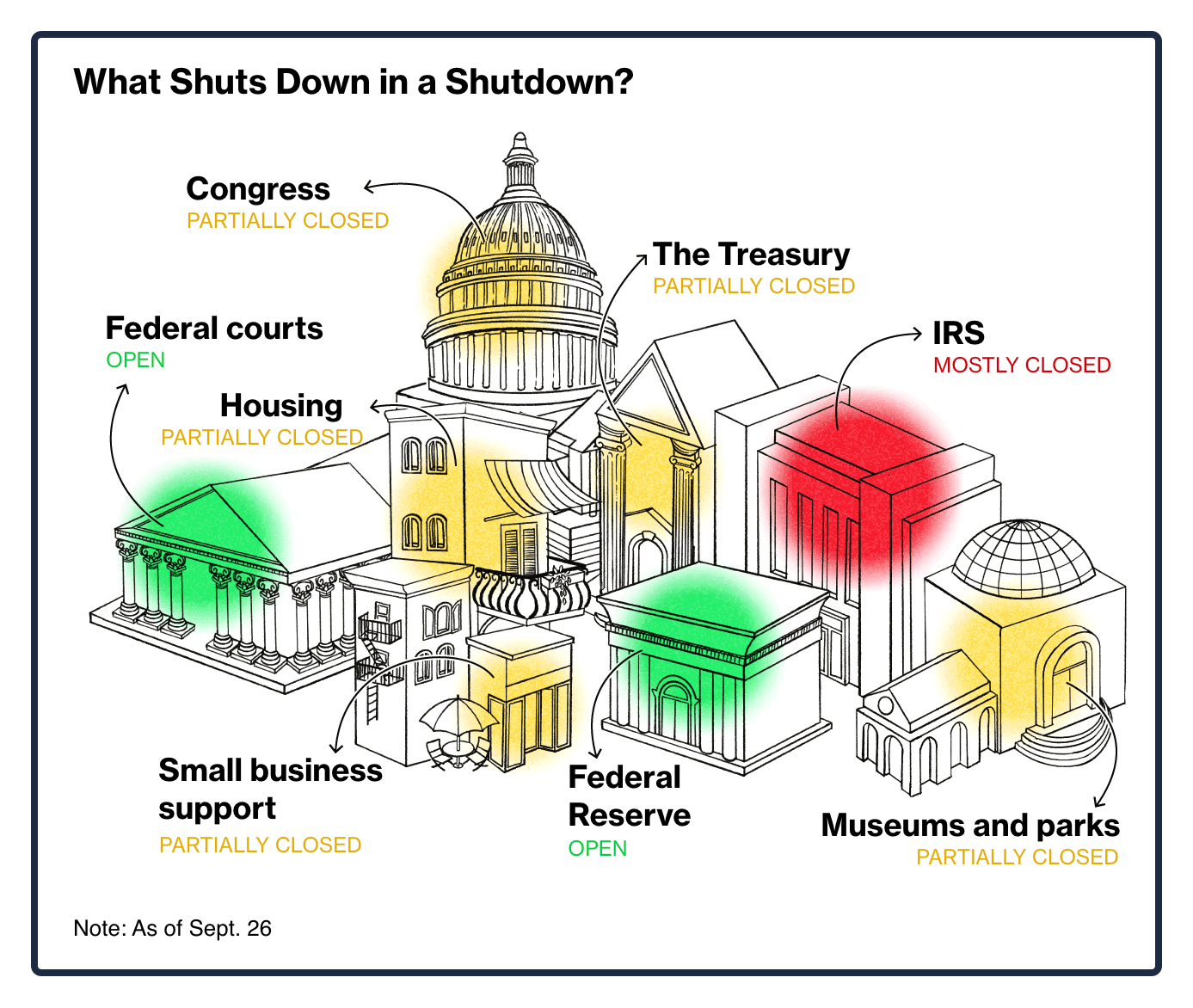
Why
Budget Process
After the President has sent his budget to the Congress, they are supposed to consider it. If approved (a huge IF), the budget kicks in on October 1, the beginning of the government’s fiscal year. Before then though, the House and the Senate create their own budget proposals. And then they have to agree on one budget resolution that really is just the overview. From there, 12 appropriations committees figure out the details.
We could say that the President “frames” the budget negotiations. Initially, he jumpstarts the process by submitting his budget. Then, at the end, he has to approve the appropriations bills that the Congress creates.
If you think all of this sounds daunting, it is. During the 50 (or so) years that this appropriations process has existed, the Congress met its Oct. 1 deadline only four times: 1977, 1989, 1995, 1997.
To avoid a shutdown, the Congress can pass a CR (Continuing Resolution). Extending existing spending, the CR has a deadline. The most recent CR ended yesterday at midnight. Consequently, without a new CR, we have a shutdown.
When
History of Shutdowns
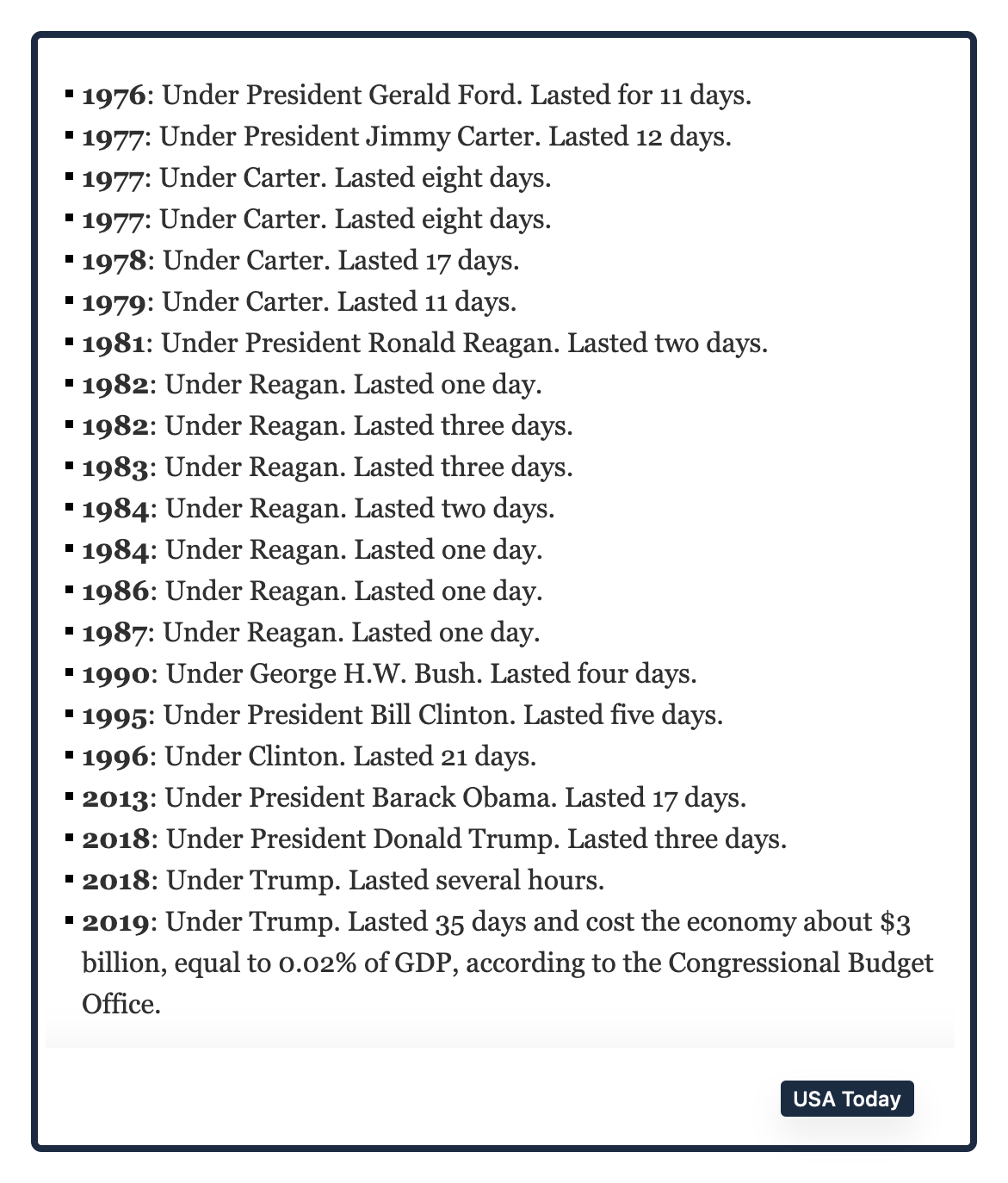
Our Bottom Line: NASA Shutdown
A new shutdown will probably resemble the past. In 2019, for NASA, it required a slew of decisions:
Then, NASA retained 437 full-time staff, 664 on a part-time basis, and kept 2,189 on call for emergencies. The rest of their 17,586 employees were furloughed. Satellites in space operated but none launched if unfunded. Whether at home or at work, no one was paid.
Like other government agencies during a shutdown, NASA identifies what is “essential” by naming workers and activities as “excepted.” Intentionally not saying “essential,” NASA divides its “excepted” people into three categories:
Elsewhere, TSA employees were on the job at airports–unpaid. At National Parks, restrooms were not open although the parks could be. While monthly pension payments went to veterans, the people that were currently serving did not get paychecks. However, Social Security checks went out.
Also, we have the private sector. Think of the hotels near national monuments that will lose business. Mortgages might not be approved because FEMA flood insurance is unavailable. Loggers cannot work in National Forests and the Panda Cam will stop streaming from the National Zoo.
The word “shutdown” obscures the massive impact. Summarized in one term, it sounds simple. But it is not. The details remind us of the British coastline. The closer you look, the longer it gets.
My sources and more: Always handy, the Bloomberg Evening News was our starting point. From there, the CBO, USA Today, and the Peter G. Peterson Foundation had more budget detail. Then, the Committee for a Responsible Budget described the agency response.
Please note that today we quoted sections from a past econlife post.
![econlifelogotrademarkedwebsitelogo[1]](/wp-content/uploads/2024/05/econlifelogotrademarkedwebsitelogo1.png#100878)

